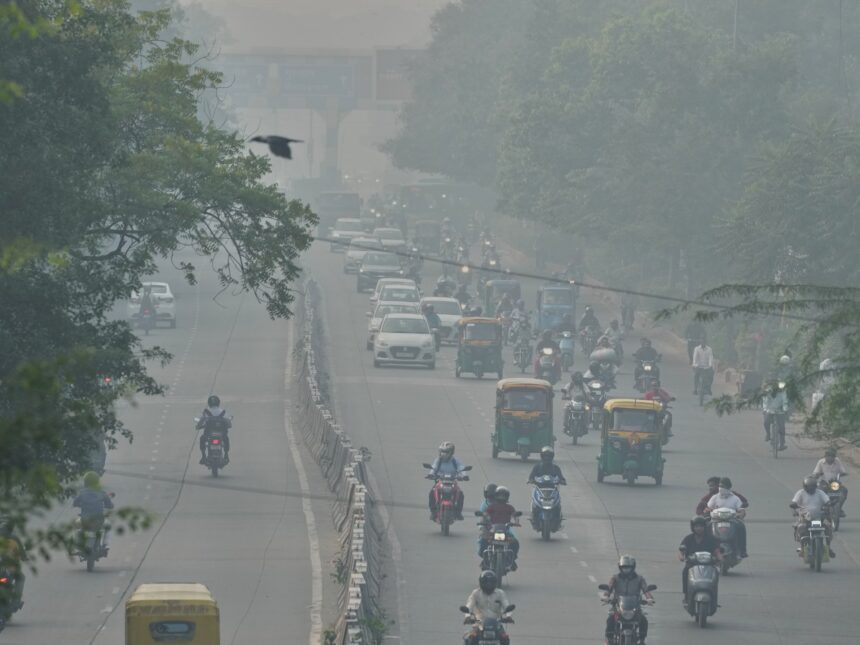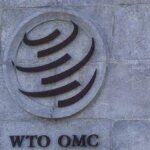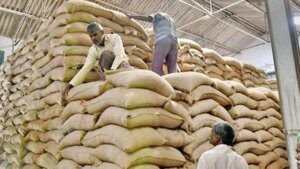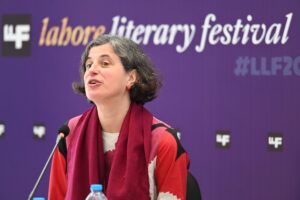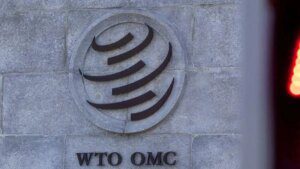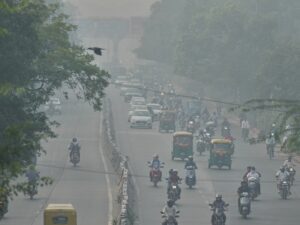A thick blanket of smog enveloped New Delhi following the Diwali celebrations, leading to hazardous air pollution levels. In the aftermath of the festival, where millions engaged in fireworks, the city’s Air Quality Index soared above 350 in several neighborhoods, surpassing levels deemed “severe” and unsafe for breathing by the World Health Organization. Visibility diminished significantly as pollutants combined with seasonal factors and stagnant weather. Although the Supreme Court had allowed limited use of “green firecrackers” designed to reduce emissions, adherence to this regulation remained low. Despite measures implemented by local authorities to counteract rising pollution, including restrictions on construction and diesel generators, environmental experts emphasize the need for long-term solutions such as cleaner energy alternatives and stricter vehicle emission controls to address the ongoing air quality crisis. Recent research indicates that air pollution has also resulted in a reduction of sunshine hours across India, potentially affecting solar energy generation and agricultural productivity.
Original Tweet: [source_url]
Hashtags: #Thick #smog #blankets #Delhi #Diwali #fireworks


